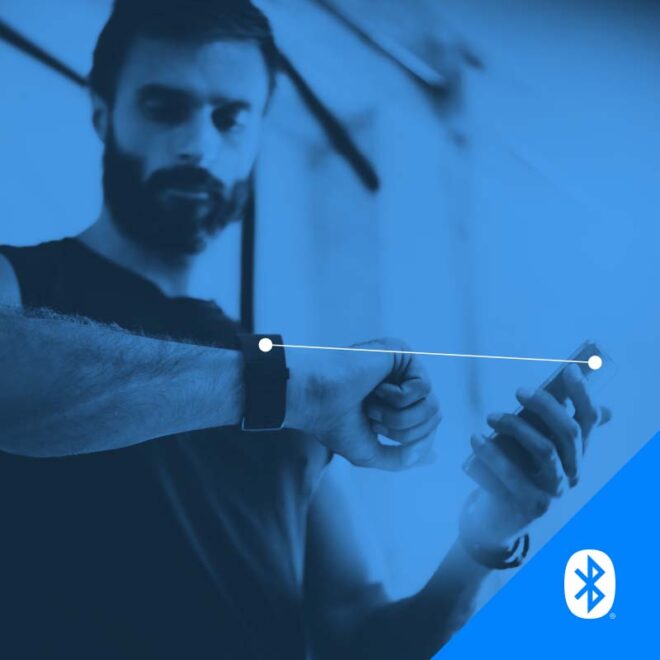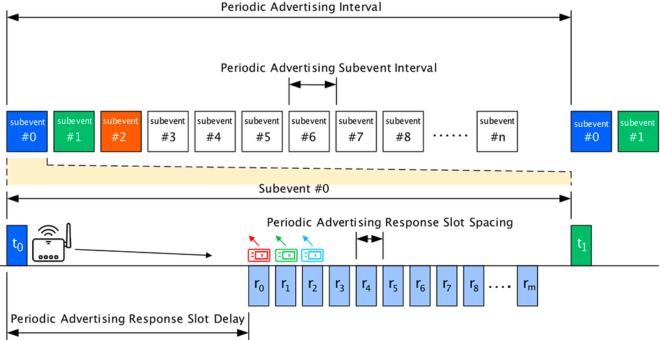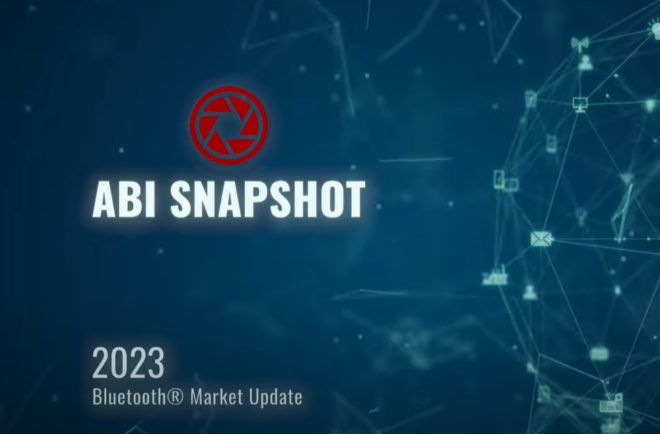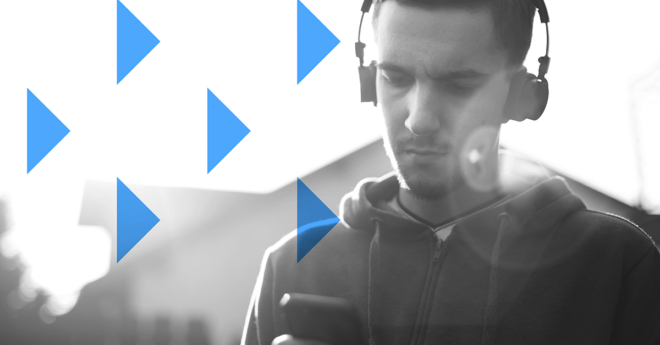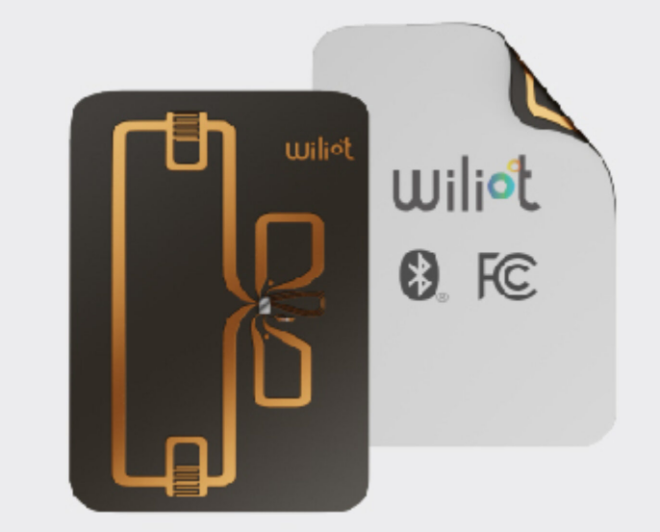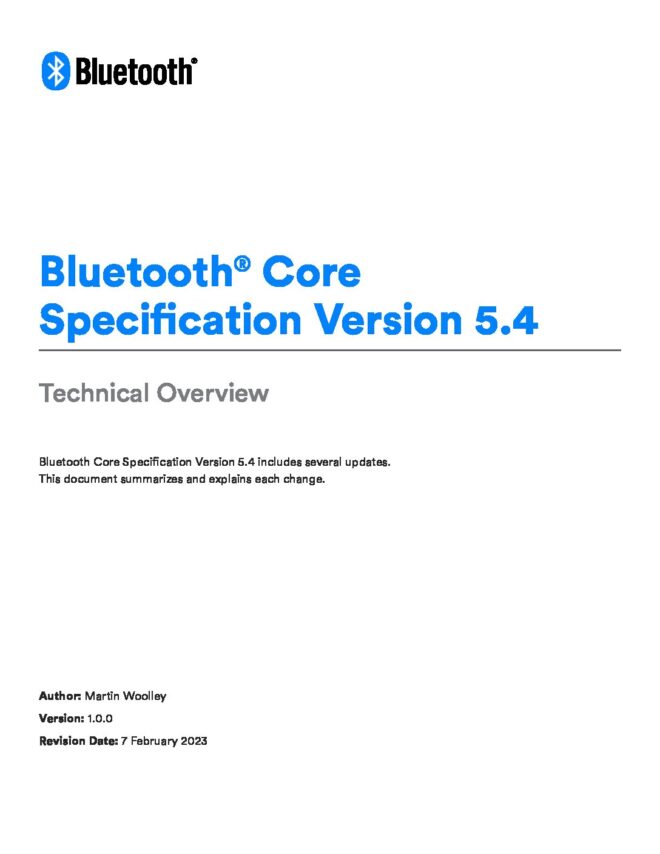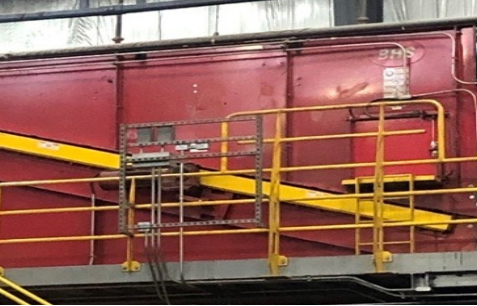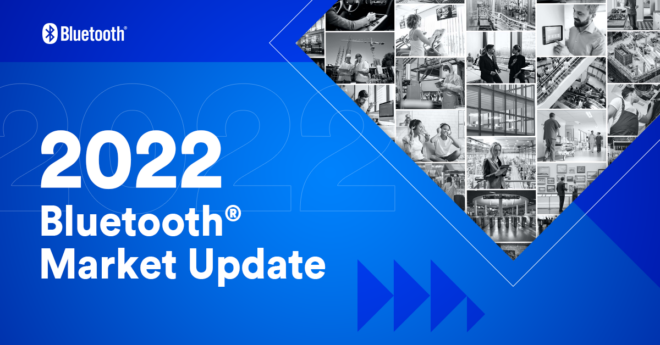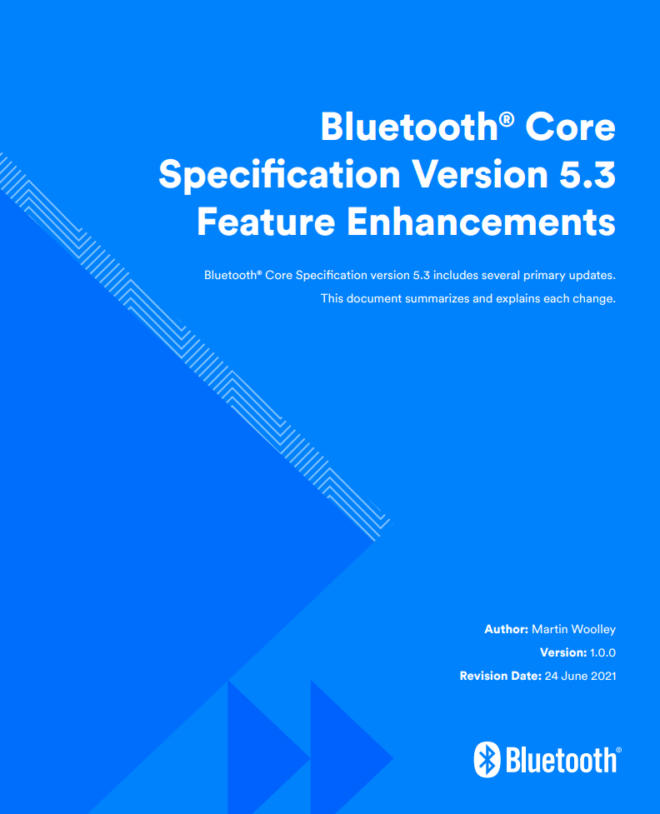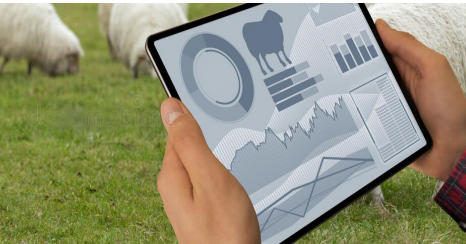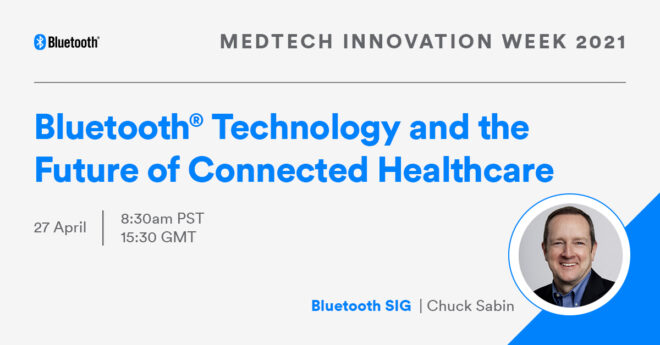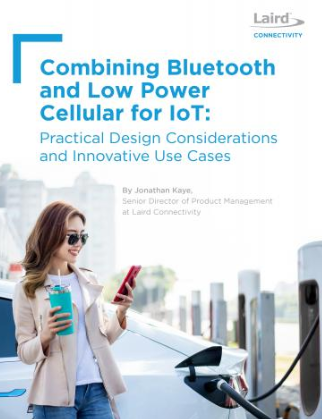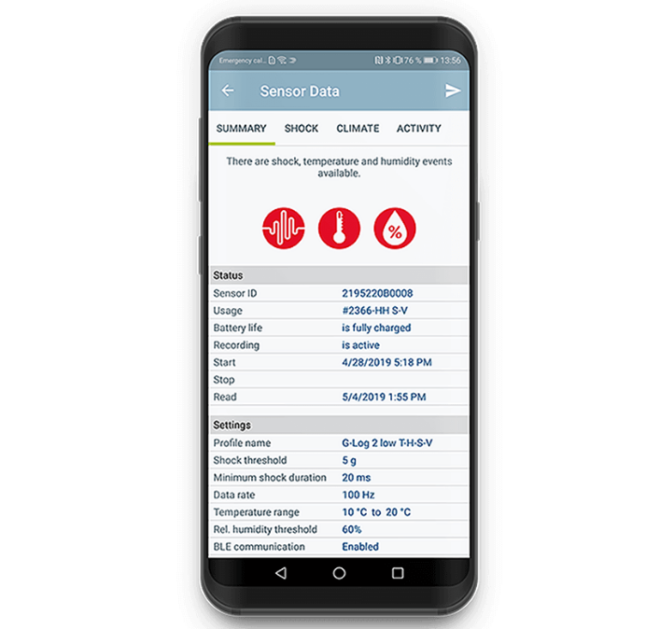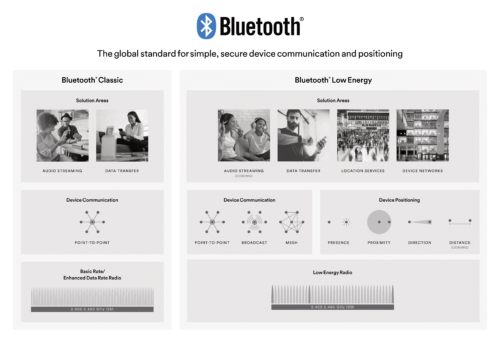1000mph in a car
No, that’s not a typo. One thousand miles per hour (mph). In a car. Gulp!
Bloodhound SSC is a British, supersonic land vehicle being built for the purpose of achieving a new land speed world record. The current world record is held by Wing Commander Andy Green, a British Royal Air Force pilot, who achieved a speed of 760 mph in 1997. The goal of the Bloodhound SSC project is to achieve or exceed 1000 mph.
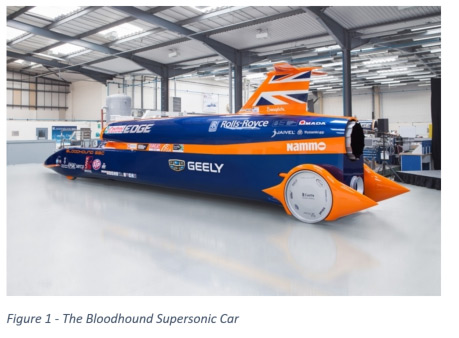
As you’d imagine, a project like this, will encounter and need to solve, all manner of engineering and technological problems. This makes it a great vehicle (please excuse the unintentional pun) for associated, STEM educational activities for school kids, and that’s exactly what’s been happening in the UK, with Bluetooth® technology playing a part.
Race for the Line
The Race For The Line Model Rocket Car Challenge invites students, aged 11 to 16, to make a model car and race it under controlled conditions, and to achieve the highest speed that they can. The challenge is being run as a competition between schools in the UK, and the final will be held on the 9th June in Edinburgh, Scotland. The fastest three teams will win cash prizes for their schools. The stakes are high.
The plan is for the competition to be taken to other countries later.
The model rocket cars are made from a plastic, foam material and are powered by a solid fuel rocket. Teams must carve the car’s foam body into an aerodynamic shape, considering both their high-speed goal and the stability of the car. It’s here that the educational value of the project comes in. Teams will find themselves discussing aerodynamics and the mathematics of motion. They’ll consider the applicable physics, including the thrust due to the rocket, and the resistance the air will apply to the moving car as it hurtles down the track towards the timing gates, at speeds of up to 65mph (or maybe more!).
A BBC micro:bit is installed inside the body of the car, in a central slot. Its role is to capture acceleration data. And of course, the micro:bit supports Bluetooth.
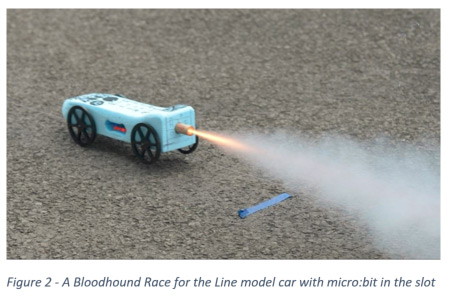
The Learning Partnership
Race for the Line is being led by The Learning Partnership, a UK social interest company. Aulden Dunipace, CEO of The Learning Partnership said that “The programme blends practical STEM with coding, through the BBC micro:bit, which has been adopted as both an on-board accelerometer in the body of the rocket car, and a data processor for the timing gates”.
10,000 rocket car kits were given out to UK schools participating in the 2016-2017 Race for the Line challenge. For the next season, the Learning Partnership team are seeking sponsorship to support the provision of 200,000 kits.
To make Race for the Line happen, The Learning Partnership have collaborated with several partners, including Microsoft, the micro:bit Education Foundation, the British Army, the Royal Air Force, Bloodhound themselves and Bitty Software.
Bitty Software
Bitty Software is in fact… me. When normal people are spending their weekends walking the dog, going to the gym, seeing a play at the theatre or spending time with friends, I often spend my weekends coding. I make no apology for this! It’s what I like to do, and in particular, I love to experiment with harnessing the power of Bluetooth.
I was involved with the “making of the micro:bit” and it’s become something I’m very interested in continuing to support in my personal time. To that end, I’ve developed a few smartphone applications which showcase various aspects of the Bluetooth capabilities of the micro:bit, and I use the name “Bitty Software” for my little hobby.
Bitty Data Logger
The micro:bit in the body of the model rocket car contains an accelerometer, and it’s running firmware which captures acceleration data and makes it available over Bluetooth. The micro:bit has a custom Bluetooth GATT profile, which includes an accelerometer service.
Bitty Data Logger is a free application for both iOS and Android, which is able to capture accelerometer, magnetometer and temperature data over Bluetooth. As data arrives, it draws graphs in real time, making it easy to visualize the related, physical behaviours. It is intended to be used for various types of school project, but it does have some features which I implemented specifically to make it as useful as possible to the Bloodhound Race for the Line challenge.
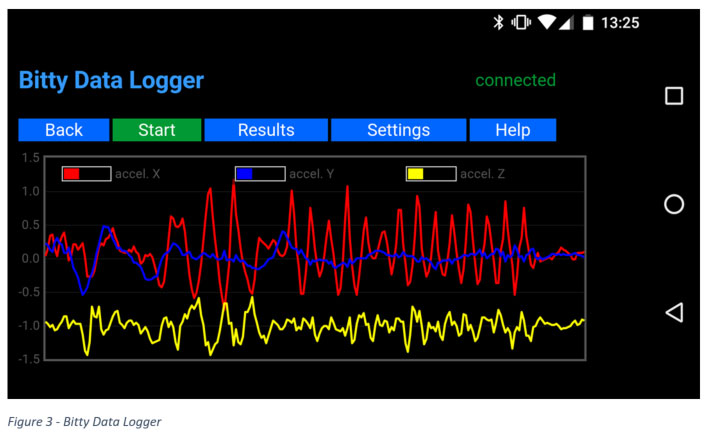
When Bloodhound model rocket cars are raced, participants use their smartphones or tablets with the Bitty Data Logger application running, to receive accelerometer data over a Bluetooth® connection. Data arrives at an approximate rate of one reading every 20ms and as you can see from the screenshot above, the data is graphed in real-time, giving teams an immediate sense of how acceleration varied over the course of the race. When the race has completed, data capture is halted and the entire set of collected data can be uploaded to a file sharing service, at the touch of a button. From there it can be downloaded and opened in a spreadsheet for analysis.
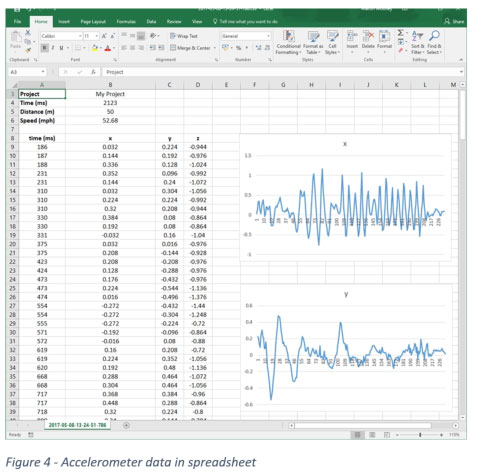
You can see a very short example of Bitty Data Logger in use with Bloodhound rocket cars in a video I shot at the BETT education technology show earlier this year.
Coding and Communications – That’s the Sweet Spot
The age of the IoT is upon us and it’s heartening to see projects like Bloodhound and Race for the Line, encouraging young people to learn about coding. But the IoT is as much about communication between devices as it is about the code they run. So, to prepare those young, budding engineers of the future for the new world of IoT, learning about both coding and communications technologies like Bluetooth®, is key. It’s estimated by ABI Research that there will be 48 billion devices connected to the internet by the year 2021 and of those, 30% will be Bluetooth devices.
So learning about Bluetooth from an early age, makes a lot of sense, and it’s wonderful that Bluetooth technology is playing a part in the Bloodhound Race for the Line challenge.

